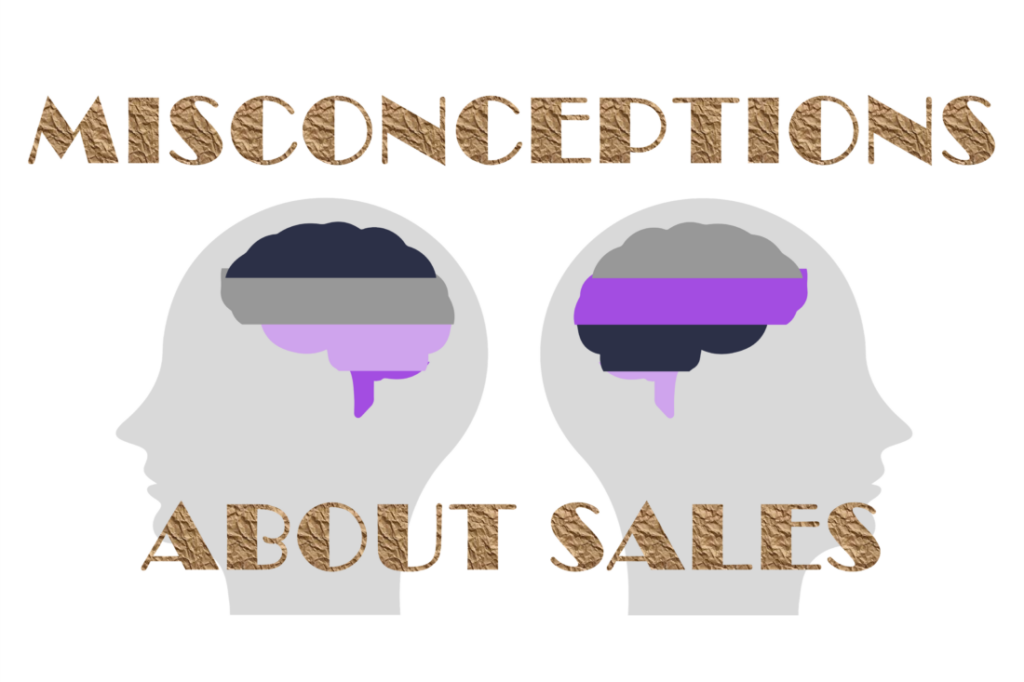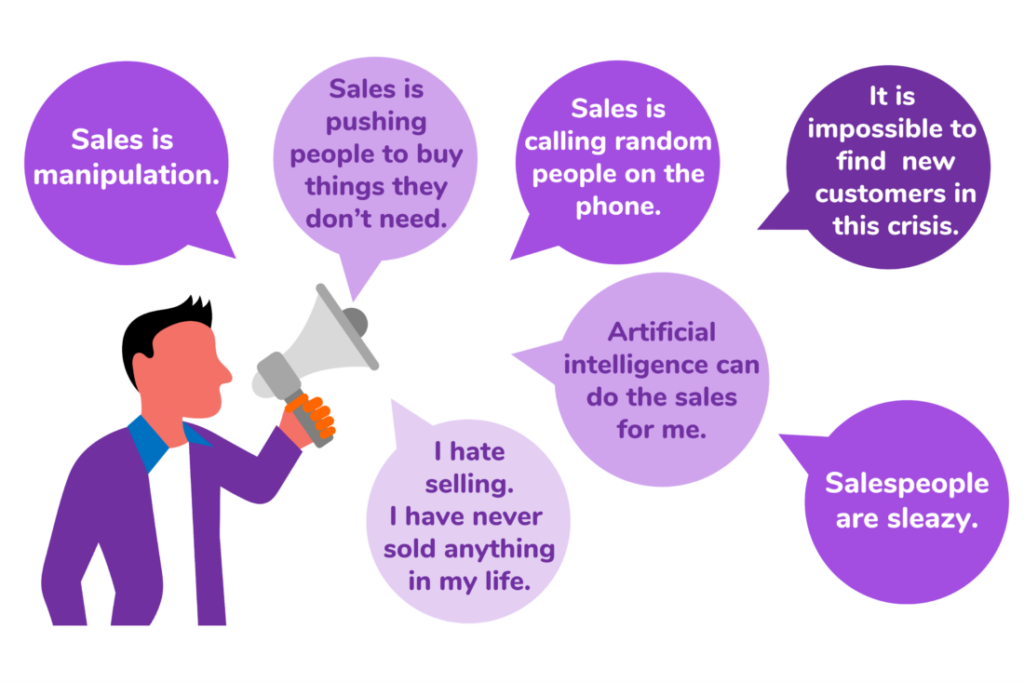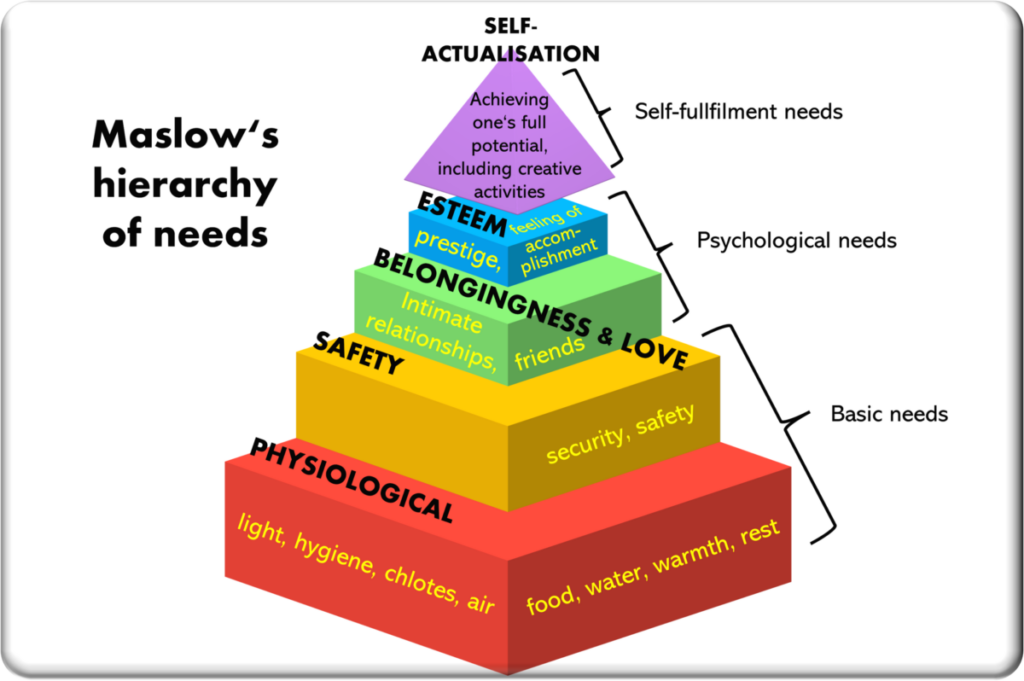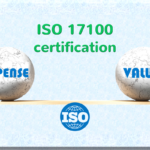
5 steps you must take to sell your translation services like never before
Marketing and Sales
Many LSP executives or owners think that hiring a salesperson would help them increase sales of their translation and localization services.
While there are many B2B sales professionals, very few are knowledgeable about the translation and localization industry. Some of them don’t know how to sell services, especially professional ones like translation and all related services. Only a few are successful and usually until they use up their personal network.
Besides, companies don’t need translation services every day and many of them already have a supplier who’s much cheaper, a colleague’s wife who’s a translator, a cousin who knows languages, etc.
Selling translations is not easy at all
Selling translations is anything but easy because of the cutthroat competition from other language service providers and increasingly sophisticated free machine translation solutions like DeepL and Google Translate.
On the other hand, machine learning, machine translation and automated workflows are helping LSPs to streamline the translation process and be more efficient and effective, but for many of them there’s still a long way to go.
Lately, many LSPs are even selling themselves to larger companies because they don’t see opportunities for organic growth. Every now and then we also hear about big mergers in the industry.
Who knows your clients best?
Sooner or later, LSPs find that no one can sell their services, win the trust of customers, and represent their company better than they can, so executives often take on this role. However, in such a company, a single salesperson isn’t enough, as employees can rarely spend 100% of their working hours in sales.
Therefore, all employees should share the load and take pride in selling their services whenever and wherever possible. Especially those who deal with the customer, such as project, production or operations managers, as they’re in daily contact with customers and know their wants, needs, problems, and interests quite well.
In their customer-facing role, they may sell other services or language combinations of their company or anything else related to language services that their clients may need. To a certain extent, this also makes them the best sales representatives.
Who can be better for marketing content than…?
This also makes them ideal team members for all marketing efforts. Marketing and sales go hand in hand, with marketing being the brain and sales being the mouth and hands, to put it metaphorically. By expanding their scope to include sales and marketing to some degree, project managers also improve their business acumen, which is very important for middle management positions in the translation and localization industry in general.
Often, executives and middle managers in LSPs lack sufficient knowledge about sales and marketing, which makes them hesitant about these tasks. There are plenty of sales and marketing courses, tips and tricks, workshops and webinars, but few that are specifically designed for translation and localization services. And sales and marketing change virtually every day. The modern buyer has nothing to do with the buyer of five years ago.
In any case, any such learning resource helps build the necessary sales and marketing skills. Selling and marketing are useful skills that we all also need to sell many ideas to our work colleagues or family members, or to simply sell ourselves when looking for a job, for example. Sales is practically everywhere, in every corner of our lives.
Where to start and how to go about selling translations?
Where and how do we start selling? First and foremost, we see a major problem in the fact that many LSP executives and middle managers shy away from selling or have strong misconceptions and negative beliefs about selling. We suggest breaking down these misconceptions about selling as a first step. Once you have the right mindset, you’re ready to go.
1. Break down the misconceptions about sales
These are typical misconceptions or negative attitudes about sales that keep people from making sales. Of course, they’re completely false and should be dismantled before jumping into sales.
Such misconceptions can:
■ Seriously slow down or even block your company’s growth.
■ Make existing sales systems or approaches ineffective.
■ Cause negativity regarding your business.
But how do you break down those misconceptions and change false and limiting beliefs?
■ By challenging these people to see if they’re really 100% true and how deep those limiting beliefs go.
■ By making them realize that these beliefs are limiting and unreal and can only hurt your business and their future.
■ By introducing new theories and concepts that explain the opposite.
■ By seeing sales as a noble act of giving what you do best to the people who need it most.
2. Understand the necessary psychological concepts of sales
Sales and marketing have a lot to do with psychology, and understanding the necessary psychological concepts is key to doing a good job.
Here are some of the most important concepts you need to understand:
● How we are buying
Understanding how and why customers buy can make a difference in how you sell. One of the basic premises is that we buy emotionally, but justify our emotions with logic. Remember the last time you bought expensive shoes.
First, though, you need to understand the difference between needs and wants. Needs are essentials we can’t live without (e.g. food, health, shelter, etc.), while wants are things that improve our lives (cell phones, fashion, basketball games, etc.).
The clients of translations need your translation to conquer new markets with their products or solutions, train employees in other countries, win a court case abroad, etc. So translation is their investment in growth and a need in itself, which is why you can address sales accordingly.
● Human needs
Knowing human needs is critical in sales, but also in management and leadership. When you find out exactly what need needs to be met, you can serve people better.
One of the most renowned psychologists of the twentieth century Abraham Maslow created a hierarchy of human needs which explains what motivates people. Once basic physiological needs are satisfied, they’re no longer motivators. After that, people begin to focus on variety, growth, self-actualization, and social needs. This is where translation services belong.
● Influence and persuasion
These two tools have a negative connotation for many people because they confuse them with manipulation.
They all refer to influencing the behavior of others, where:
■ Influence is the act of changing someone’s view or behavior because you’ve something of value to them and have many resources to do so (e.g., an influencer showing expensive shampoos they use regularly)
■ Persuasion is the act of convincing others to do something to achieve their goal, for which you don’t need many resources (e.g., convincing someone to buy healthy snacks because they’re better for their health)
■ Manipulation is deceiving other people to achieve your goal (e.g., getting someone to buy things they don’t need by lying that you use them, but you really don’t)
We’ve been influenced and persuaded by our parents to do many things, e.g. that we should say thank you and goodbye, that math and other difficult school subjects are good for us, that vegetables are fantastic, etc. They’re ubiquitous and used consciously or unconsciously in child rearing, education, management, etc.
Some of the most important tools that can be used to exert influence are:
■ establishing rapport
■ asking relevant open questions
■ congruence of verbal and non-verbal communication
■ control of your emotional state
● Storytelling
Storytelling is an important skill in marketing and sales, but also in leadership and many other disciplines because people easily remember and understand stories. Stories create a connection, a participative and immersive experience, and stir emotions. That’s why good storytellers are very successful.
There are many storytelling frameworks and approaches, and our favorite is the hero’s journey concept. In this concept, you always have a customer who’s a hero with a problem, and you’re his guide who helps him solve the problem because you’ve got the authority and empathy to do so. You give the customer a plan on how you’ll solve the problem and ask him to take action.
3. Understand the inextricable link between sales and marketing
Sales cannot be successful without marketing. As mentioned earlier, marketing is usually the brain of the business, while sales is the execution or the mouth and hands of your business.
Marketing prepares the ground and all the materials you need to sell effectively, e.g., social media posts, websites, brochures, business cards, etc. Without this kind of support, you wouldn’t stand out as a credible salesperson, because if someone wants to work with you, they’ll likely check out your web presence, how knowledgeable you’re, and if there are customer reviews. The image must be complete and round.
4. Do cross-selling and up-selling
The best way to start selling is through your existing customers or leads, because people who’ve already worked with you’re more likely to buy from you. Likewise, existing clients have already shown their interest in your services, so there’s a chance they’ll need you again.
Pick the low-hanging fruit first by offering other language combinations or other related services your client might need, such as voiceover, cultural consulting, editing or copywriting, etc. Or you might sell more expensive services like transcription or review by a marketing or legal expert.
Technically, these activities are called cross-selling and up-selling. Cross-selling refers to selling related services, while up-selling refers to selling more expensive products. Learn more about this from experts like Salesforce 😊.
5. Co-create your marketing content
Since project managers are usually the only, or at least the most frequent, contacts for customers, they should be well aware of customers’ frequent wants and needs, interests and problems.
This all serves as a great source of ideas for writing useful content that focuses on specific problem areas that your potential clients can relate to. And, of course, they see you as a competent person to meet their needs.
Often we see translation and localization companies posting content on their social media only about grammar, terminology, and the specific setup of their companies. This is all well and good because it shows their linguistic knowledge, which is absolutely needed in the translation process.
We do, however, miss content that focuses on the completion of client projects, such as how they successfully managed to translate 1000 pages a day before the deadline or something like that that might be more attractive and useful to potential clients. The real stories of project managers can be one of your biggest marketing assets.
No “one-size-fits-all” approach
All in all, learning about sales and marketing is a continuous process based on trial and error. There are many interesting authors on sales, but very good ones are listed here.
If you want to learn more about how to use your marketing to sell more translation services, visit our Academy workshop Fortify your marketing.

















